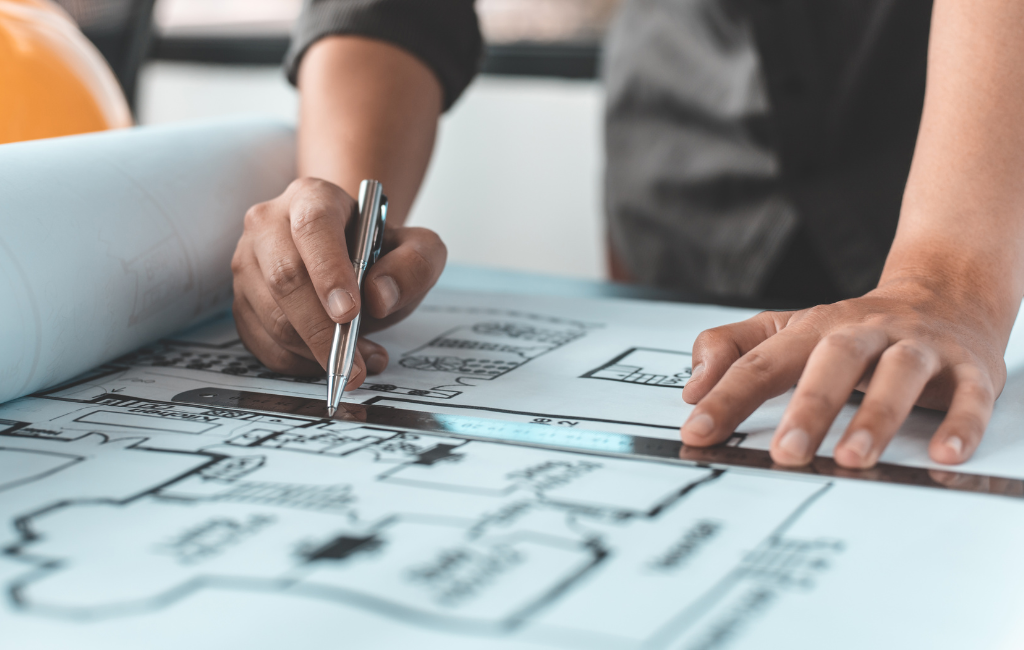Architect Design Insights: Transform Your Space with Expert Techniques
Creating a space that is both functional and aesthetically pleasing can be a challenging task. Architects and designers employ a variety of techniques to achieve this balance. This article explores some of the expert methods used to transform spaces, providing valuable insights and practical examples.
Understanding the Basics of Space Planning
Space planning is a fundamental aspect of architectural design. It involves organizing furniture and design elements to optimize the use of space. Effective space planning can enhance the flow and functionality of a room.
Key Principles of Space Planning
- Functionality: Every space should serve a purpose. Identify the primary function of the room and design around it.
- Flow: Ensure that there is a natural flow between different areas of the space. This can be achieved by creating clear pathways and avoiding clutter.
- Proportion: The size of furniture and design elements should be proportional to the size of the room. Oversized furniture can make a space feel cramped, while undersized pieces can make it feel empty.
Incorporating Natural Light
Natural light can significantly impact the ambiance of a space. It can make a room feel larger, more inviting, and more comfortable. Architects often use various techniques to maximize natural light.
Techniques to Maximize Natural Light
- Large Windows: Installing large windows can allow more light to enter the space. Consider floor-to-ceiling windows for maximum effect.
- Skylights: Skylights are an excellent way to bring light into areas that may not have access to windows.
- Reflective Surfaces: Using reflective surfaces such as mirrors and glossy finishes can help bounce light around the room.
Utilizing Color and Texture
Color and texture play a significant role in the overall feel of a space. They can influence mood, perception of space, and even functionality.
Choosing the Right Colors
- Light Colors: Light colors can make a space feel larger and more open. They are ideal for small rooms or areas with limited natural light.
- Bold Colors: Bold colors can add personality and energy to a space. Use them as accents to create focal points.
- Neutral Colors: Neutral colors provide a versatile backdrop that can be easily updated with accessories and decor.
Incorporating Texture
- Textured Walls: Adding texture to walls, such as through wallpaper or textured paint, can add depth and interest to a room.
- Textiles: Use a variety of textiles, such as rugs, cushions, and curtains, to add warmth and comfort.
- Natural Materials: Incorporating natural materials like wood, stone, and plants can create a more inviting and organic feel.
Case Studies: Successful Space Transformations
Examining real-life examples can provide valuable insights into how these techniques are applied in practice. Here are two case studies that highlight successful space transformations.
Case Study 1: Urban Loft Conversion
An urban loft was transformed from a dark, cramped space into a bright, open living area. Key techniques included:
- Open Floor Plan: Removing non-structural walls to create an open floor plan that enhances flow and functionality.
- Maximizing Natural Light: Installing large windows and skylights to flood the space with natural light.
- Neutral Color Palette: Using a neutral color palette to create a cohesive and calming environment.
Case Study 2: Suburban Home Renovation
A suburban home was renovated to better suit the needs of a growing family. Key techniques included:
- Space Planning: Reconfiguring the layout to create distinct zones for different activities, such as a play area for children and a quiet reading nook.
- Incorporating Texture: Adding textured elements like a stone fireplace and wooden beams to add character and warmth.
- Bold Accents: Using bold colors and patterns in accessories to add personality and vibrancy.
Statistics and Trends in Architectural Design
Understanding current trends and statistics can provide additional context and inspiration for your design projects. Here are some notable trends in architectural design:
- Sustainable Design: According to a report by the American Institute of Architects, 47% of architects are incorporating sustainable design principles into their projects.
- Smart Homes: A study by Statista predicts that the smart home market will reach $53.45 billion by 2022, indicating a growing interest in integrating technology into home design.
- Open Floor Plans: A survey by the National Association of Home Builders found that 70% of homebuyers prefer open floor plans, highlighting the popularity of this design trend.
Conclusion
Transforming a space involves a combination of thoughtful planning, creative use of light and color, and attention to detail. By understanding and applying these expert techniques, you can create spaces that are not only functional but also beautiful and inviting. Whether you are working on a small room or a large home, these insights can help you achieve your design goals.
